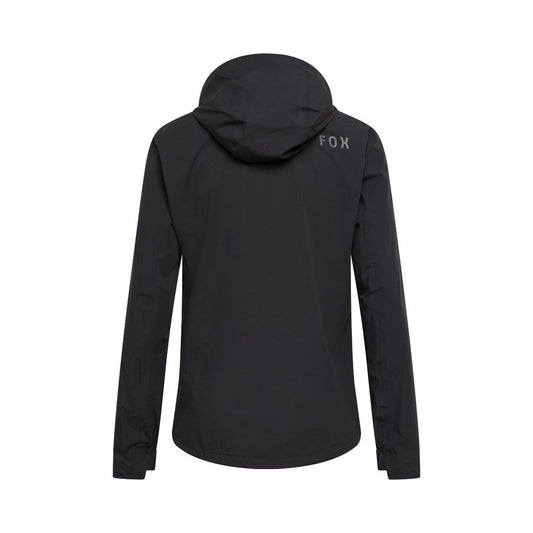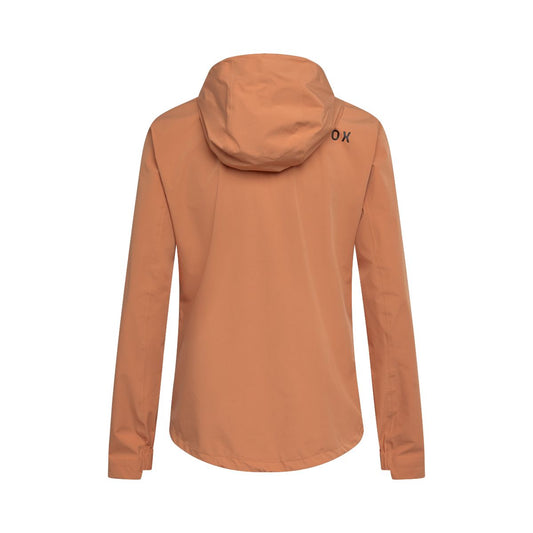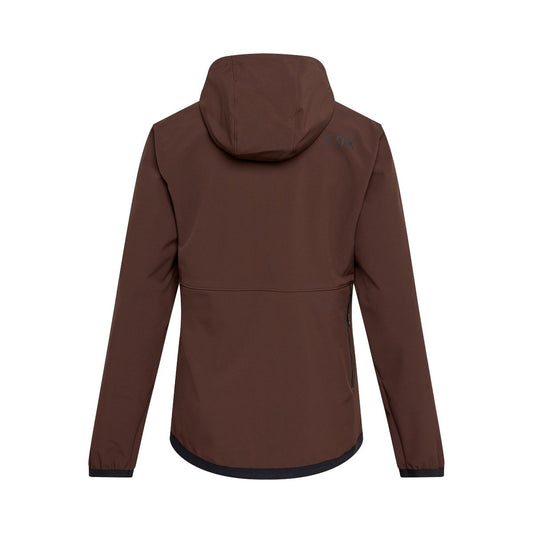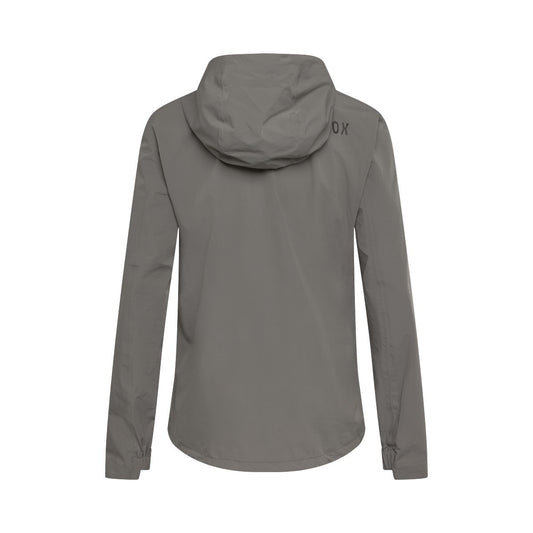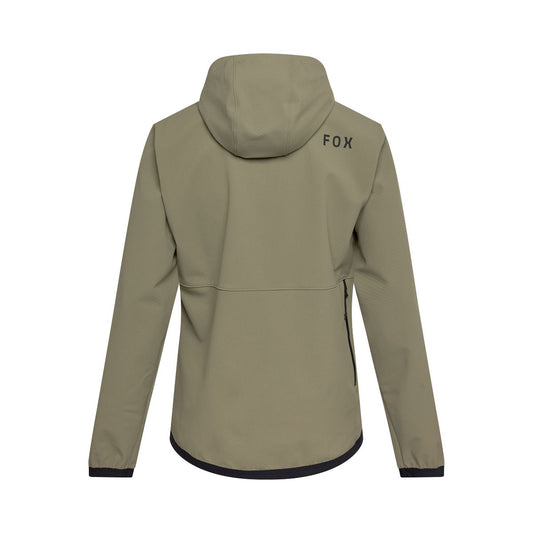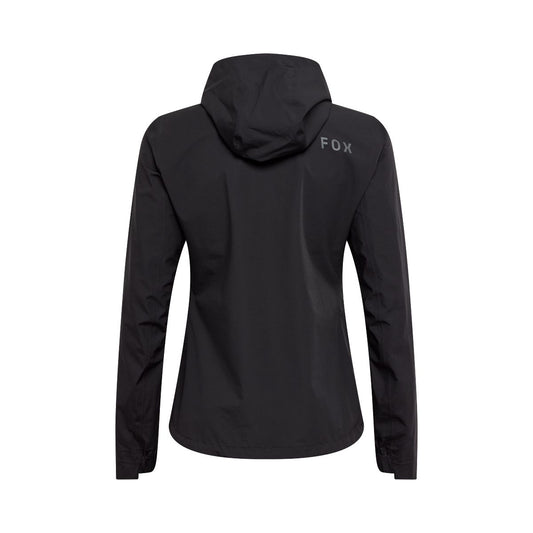Why give up your passion in winter? By choosing the right clothing, you can ride comfortably in the cold and bad weather, whether on a road or mountain bike. Here are a few tips on how to avoid winter on your bike!
CHARACTERISTICS OF WINTER CLOTHING FOR THE UPPER BODY
- Three layers: technical underwear (otherwise known as undershirt), jersey, jacket ;
- Materials and technologies : Merino wool, polyester, polypropylene, technical membranes.
ALL YOU NEED TO KNOW ABOUT WINTER UPPER BODY SOLUTIONS
THE THREE-LAYER SYSTEM
The three-layer principle
Riding in winter means facing the cold, the rain, the wind - sometimes all at the same time! To stay warm and dry without suffocating, we need to adapt our clothing to the intensity of the effort and the sporting activity we're about to undertake. In fact, feeling cold on a bike doesn't just depend on weather conditions. The intensity of the activity must also be taken into account.
There are two basic principles to ensure comfort: protect your extremities (head, hands, feet), and dress appropriately. three layers on the upper body: a technical undergarmenta jersey and a jacket. These three layers will wick away moisture while protecting the cyclist from the elements.
The first layer
The first layer is a technical undergarment or undershirt. Long-sleeved in winter, it's worn next to the skin and fitted to fulfill its function. The role of this undergarment is to keep the cyclist dry in winter. wicking away perspiration. Depending on the material and membrane used, it can also provide heat only, or heat plus wind protection.
The second layer
The jersey worn as a second layer plays a purely thermal role. insulates against external cold and retains heat produced by the body. Depending on conditions, if a third layer is not required, this jersey can be worn as an outer layer. It can then be fitted with a fleece collar, reflective strips and pockets. Its cut is long enough to cover the kidneys, and it resists abrasion and tearing.
The third layer
Finally, the third layer is a jacket. It, too, is fitted and breathable to complete an effective moisture-wicking ensemble. Design details vary from model to model: internal lining, collar, back length, underarm vents, pockets, lined and waterproof zippers, removable or non-removable hood, bright colors... Depending on membrane and fabric, a jacket can be very compact, folding into a ball and weighing just 200 grams, or thicker and bulkier.
MATERIALS AND TECHNOLOGIES
Let's start by saying that cotton should be eliminated from any garment: it retains moisture and, ultimately, cools the body - the exact opposite of our goal. The most frequently used materials are :
- The Merino wool Merino wool: only used in underwear, it retains body heat well and has the great advantage of being naturally odor-resistant and of channelling perspiration. Pleasant to wear, it is not the strongest fabric due to its softness.
- Polypropylene Polypropylene: lightweight, antiperspirant and quick-drying, it wicks perspiration away from the body and is resistant to repeated machine washing. Found almost exclusively in technical underwear.
- Polyamide This material has excellent perspiration absorption and drying properties. Often used in combination with elastane, it ensures a soft feel and conforms perfectly to the shape of your body for total freedom of movement. This material can be found in both underwear and swimwear.
- Polyester A little less breathable than polyamide and a little more sensitive to odors, polyester is on the other hand more robust, making it an ideal fiber for jerseys and jackets.
- Last but not least, polyester is used mainly in jackets in a variety of applications. technical membranes offering protection against wind, moisture and/or rain. Windstopper® (for wind) and Gore-Tex® (for rain and wind) are the most commonly used membranes, although many manufacturers also have their own. These can be coupled with a fleece lining of varying thickness to add thermal protection.
WHICH WINTER UPPER-BODY GARMENTS SHOULD I CHOOSE FOR MY RIDING STYLE?
As you can see, the three-layer concept has a precise objective: to evacuate moisture from the inside to the outside. Cyclists stay dry and warm, while protecting themselves from the elements (cold, wind, rain). But this concept needs to be adapted to your preferred discipline and, above all, to the intensity of your activity.
Hiking
A three-layer ensemble with a strong focus on thermal comfort is ideal for a hiker with a leisurely pace. As for the choice of jacket, it should be made from a robust fabric to resist, in particular, the rubbing of backpack straps.
Cross-Country
A rider who trains in Cross-Country with high peaks of intensity is well advised not to choose clothing that is too warm, or even to opt for a two-layer system (underwear and jersey or underwear and jacket, depending on climatic conditions and product characteristics), at the risk of producing abundant perspiration that can no longer be evacuated, even by the most technical fabrics.
All-Mountain
For All-Mountain riding, a combination of windproof, moisture-wicking underwear and a thermal jersey that's not too thick will get you through the climbing phases in comfort. A jacket that's as warm as it is solid will provide the necessary warmth to ensure that the descent remains a pleasure.
Enduro
The equipment will be fairly similar to that used for an All-Mountain outing, but with an even stronger emphasis on breathability and freedom of movement, with technical membranes combining warmth and lightness, and elastic fabrics in all four directions.
DH / Freeride
In Freeride and DH, the cold will come mainly from speed and wind. You can keep your usual jersey and complement it with a thermal and windproof long-sleeved undershirt and a relatively light windproof jacket to ensure that your freedom of movement and riding are not impeded. In between runs, a warm jersey and/or jacket will keep you comfortable and energized for the next run.
Road
On the road, in summer and winter alike, you'll be looking for aerodynamics and freedom of movement, with garments featuring a particularly close-fitting cut to limit wind resistance. In all cases, technical undergarments follow the body's contours as closely as possible to play their role to the full. It's also essential to take into account the body's temperature rise as the effort increases, so don't worry about feeling cold in the first few minutes of your outing.
Gravel and Cyclocross
At Gravela comfortable, technical garment that protects you from wind and moisture is ideal. Depending on the duration of your outing and the intensity of your effort, you may opt for a two-layer system, as in Cross-Country. And, as in Road racing, you'll want a garment that's relatively close to the body so as not to impede movement, but with an extra emphasis on sturdiness to withstand forest passages.
Découvrez tous nos conseils & Tutoriels
EQUIPMENT - MTB Jackets
-

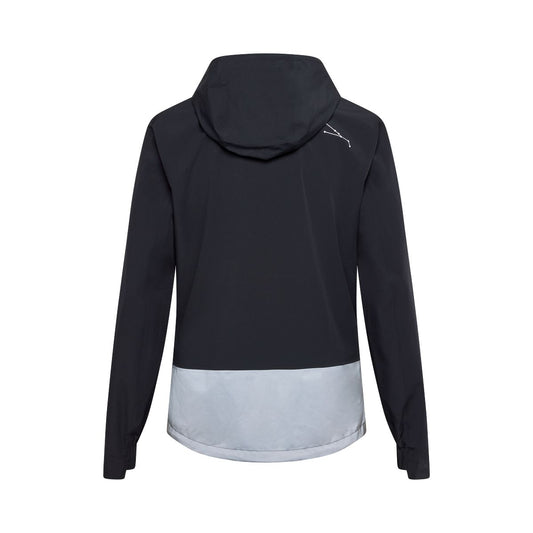
FOX RANGER WATER LUNAR Jacket Black - Special Edition
Regular price 124,90 €Regular priceUnit price per





